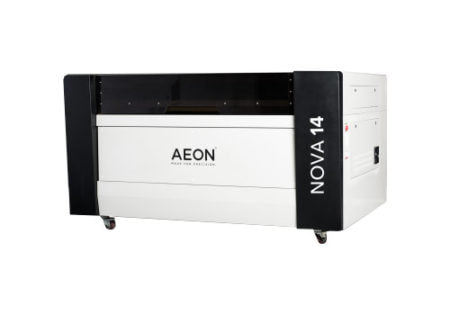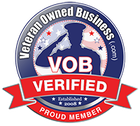|
Using state of the art technology, we are able to create unique items for our clients. Our CO2 laser has a bed of 36" x 55" to enable engraving and cutting on various substrates: wood, glass, acrylic, ceramic to name a few. We are also able to permanently mark on metal surfaces.
Laser made items are great for personalization/customization. These items are perfect for:
Take a look at our catalog of laser engravable items or if you have an idea of something you'd like, give us a call to discuss or ask for a quote. |
(419) 851-0063
[email protected]
223 Golden Gate Plaza
Maumee, OH 43537
[email protected]
223 Golden Gate Plaza
Maumee, OH 43537




